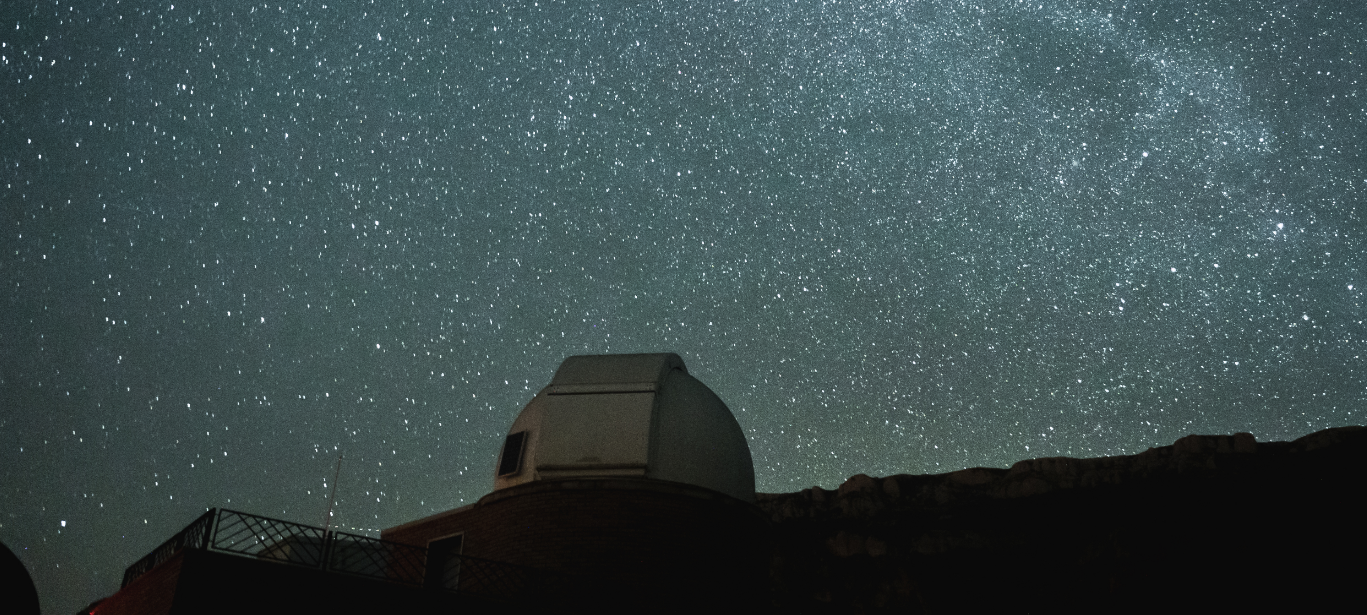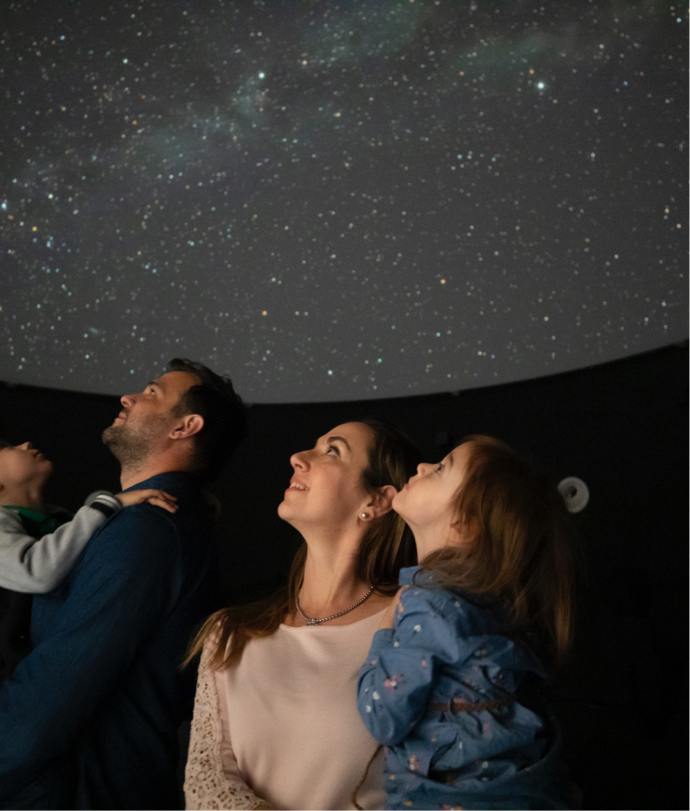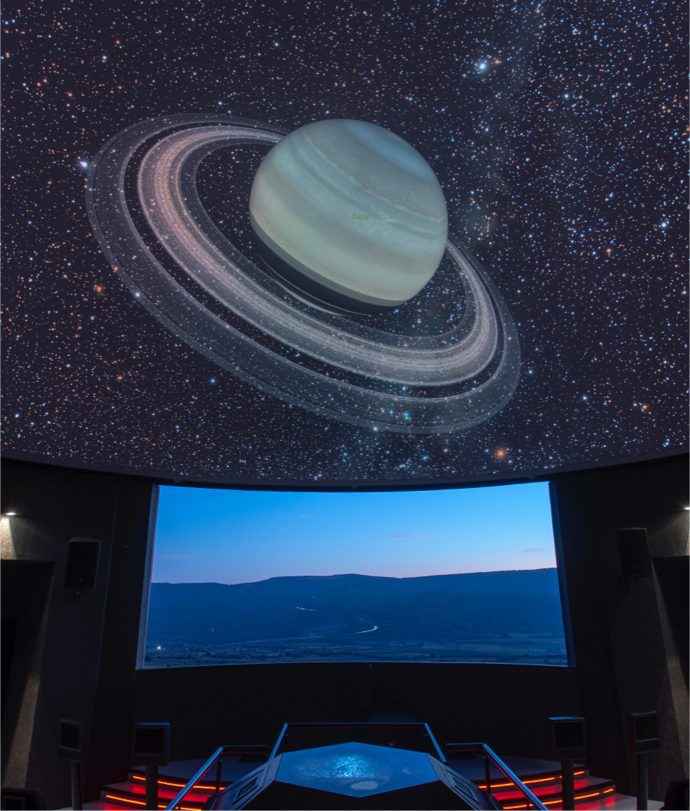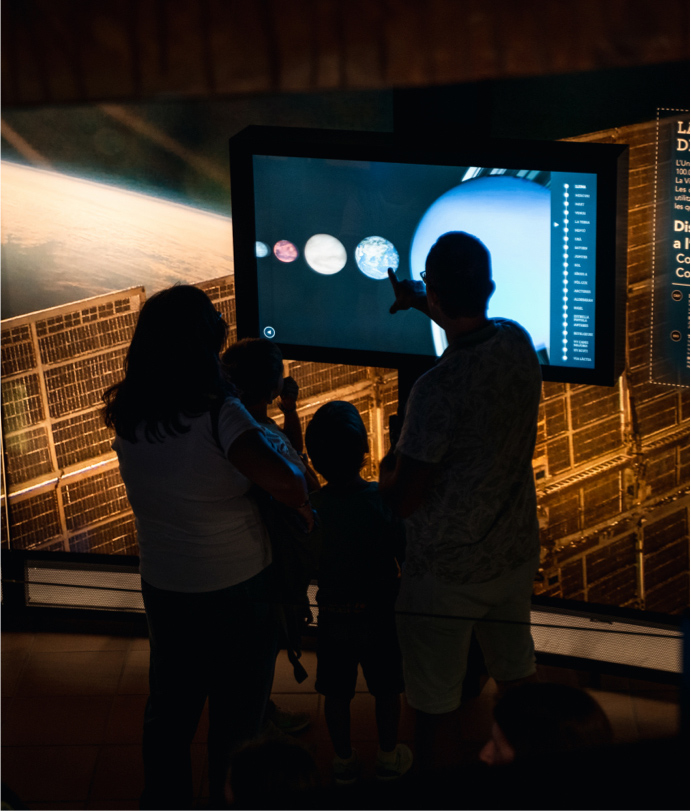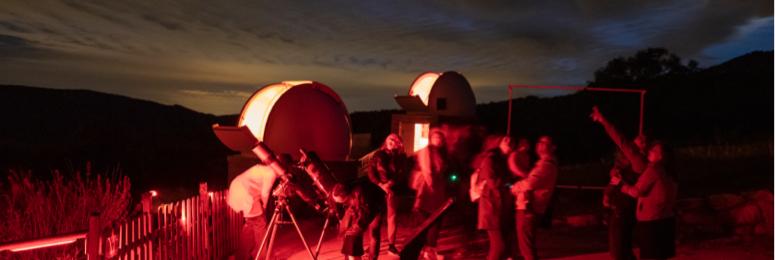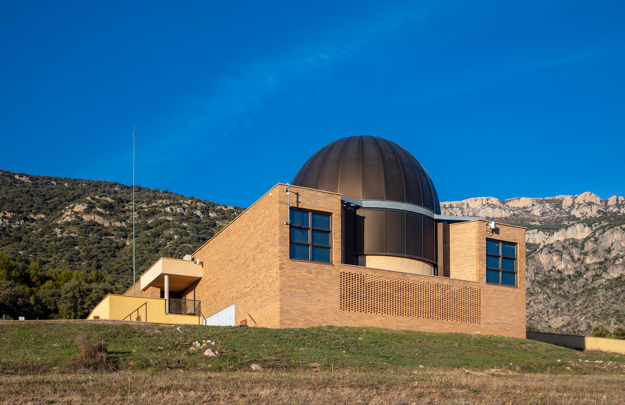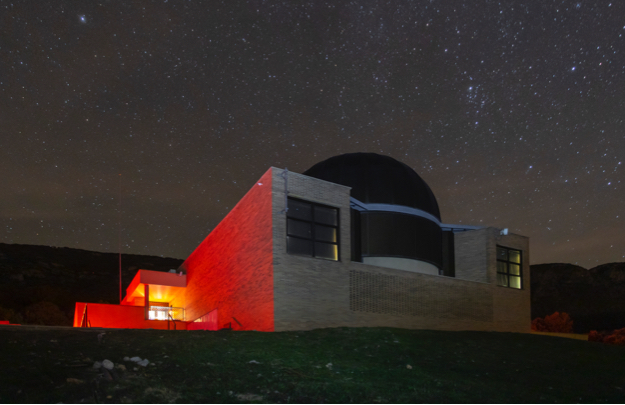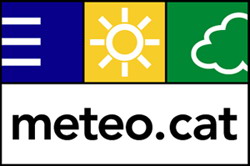The Parc Astronòmic offers special sessions for observing the millennial comet ‘C/2025 A6 Lemmon’ over the next two weekends
- 24 October, 2025
The comet can be observed with the naked eye, provided that the weather conditions are suitable, above the star Arcturus in the constellation of Bover coinciding with its point of maximum brightness on Earth.

Photo of the comet on October 21 from the Parc Astronòmic del Montsec.
The Parc Astronòmic del Montsec, owned by Ferrocarrils de la Generalitat de Catalunya (FGC), will offer special evening sessions over the next two weekends to observe the millennial comet C/2025 A6 Lemmon, visible since this past Tuesday with the naked eye in dark skies like that of Montsec. This celestial body, which has already reached its closest approach to Earth (at 0.68 AU), is currently experiencing its point of maximum brightness, with a magnitude that is predicted to reach magnitude 3.
Currently, the conditions for observing the comet are optimal: it can be located in the west, just at the beginning of the night, between 8 p.m. and 10 p.m., located above the star Arcturus in the constellation of the Borealis. Coinciding with the New Moon phase this week, the dark sky of Montsec provides a perfect setting to enjoy it. This comet has a period of 1,400 years and was discovered on January 3 of this year 2025 by Carson Fuls from Mt. Lenmon (Arizona).

This week it will be above the star Arcturus in the constellation of the Borealis.
A comet is a celestial body that is part of the solar system. It is composed mainly of ice, dust, and rock. Comets orbit the Sun, but unlike planets which have nearly circular orbits, comet orbits are highly elliptical. This means that they come very close to the Sun at one point in their orbit and then move very far away at another point.
As a comet approaches the Sun, the ice begins to sublimate (turn from a solid to a gas) due to the heat. This creates a characteristic tail that can extend for millions of kilometers. The tail always points away from the Sun, pushed by the solar wind.
tags
Documents
Links of interest
Other News
-

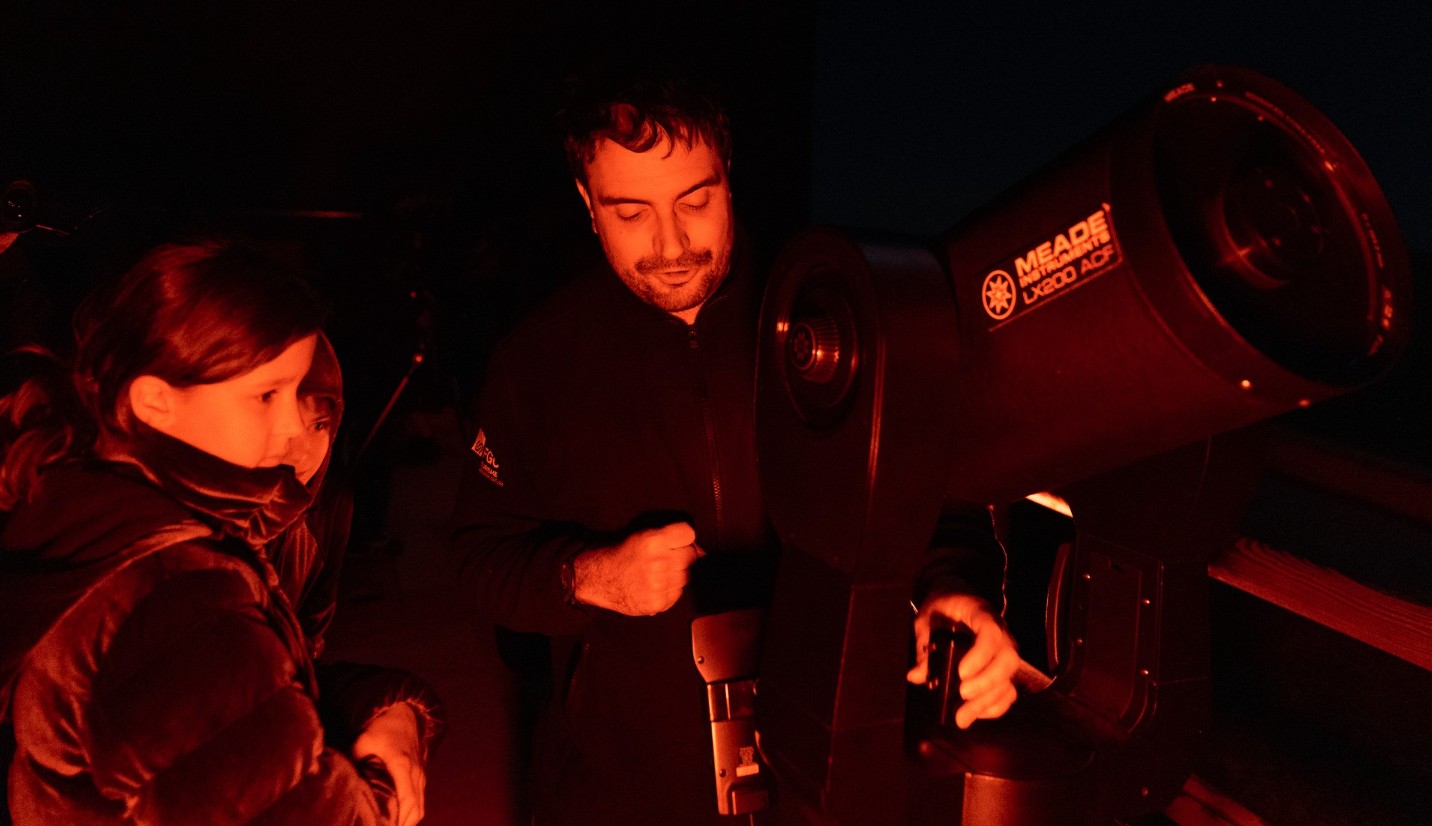
- 19 December, 2025
The Parc Astronòmic del Montsec celebrates the second edition of Christmas at the Astronòmic
- Lorem ipsum
- Lorem ipsum
-

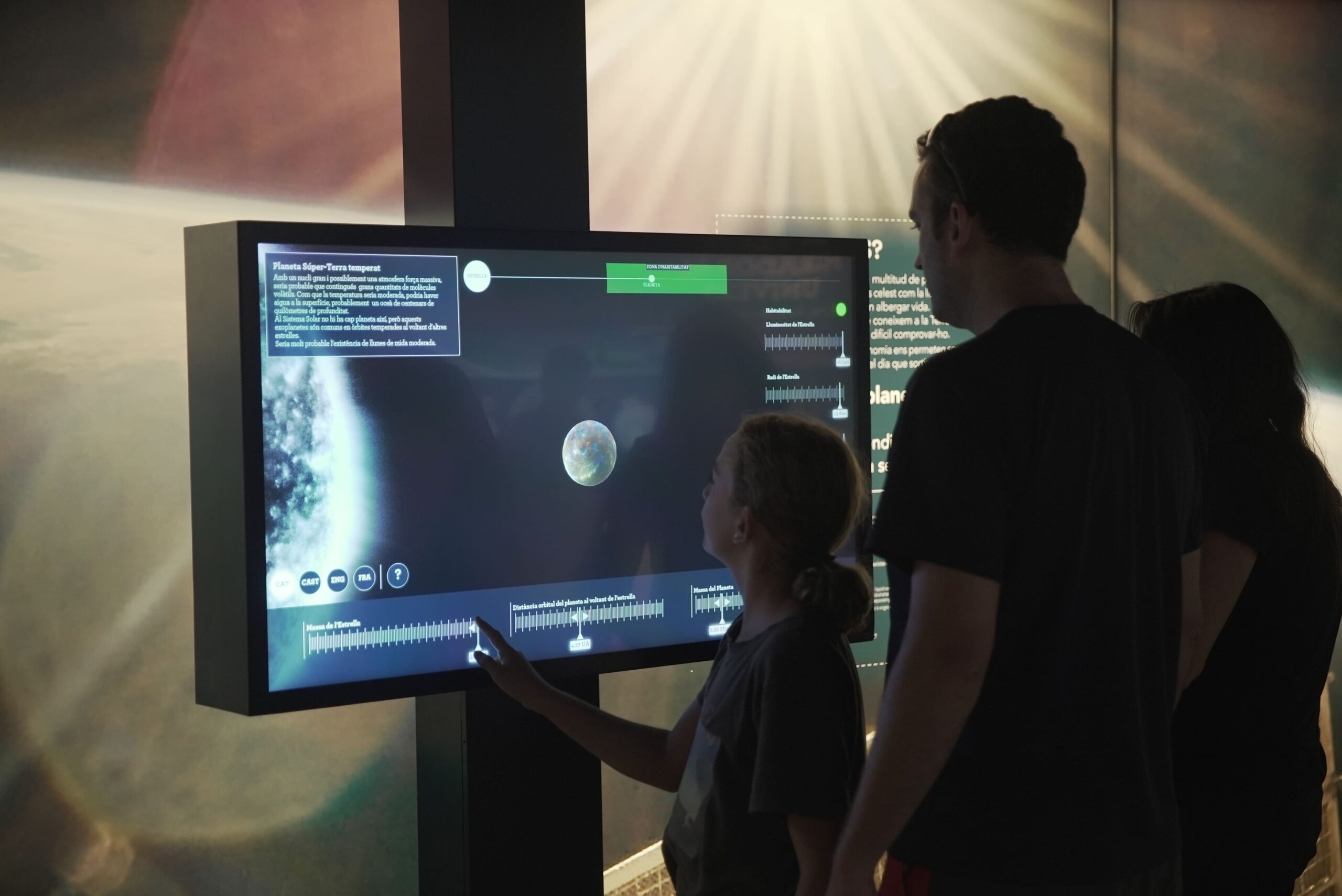
- 30 September, 2025
- Concerts
Science, culture and tourism meet from tomorrow at the Parc Astronòmic del Montsec at the 11th Astronomy Festival
- Lorem ipsum
- Lorem ipsum
-

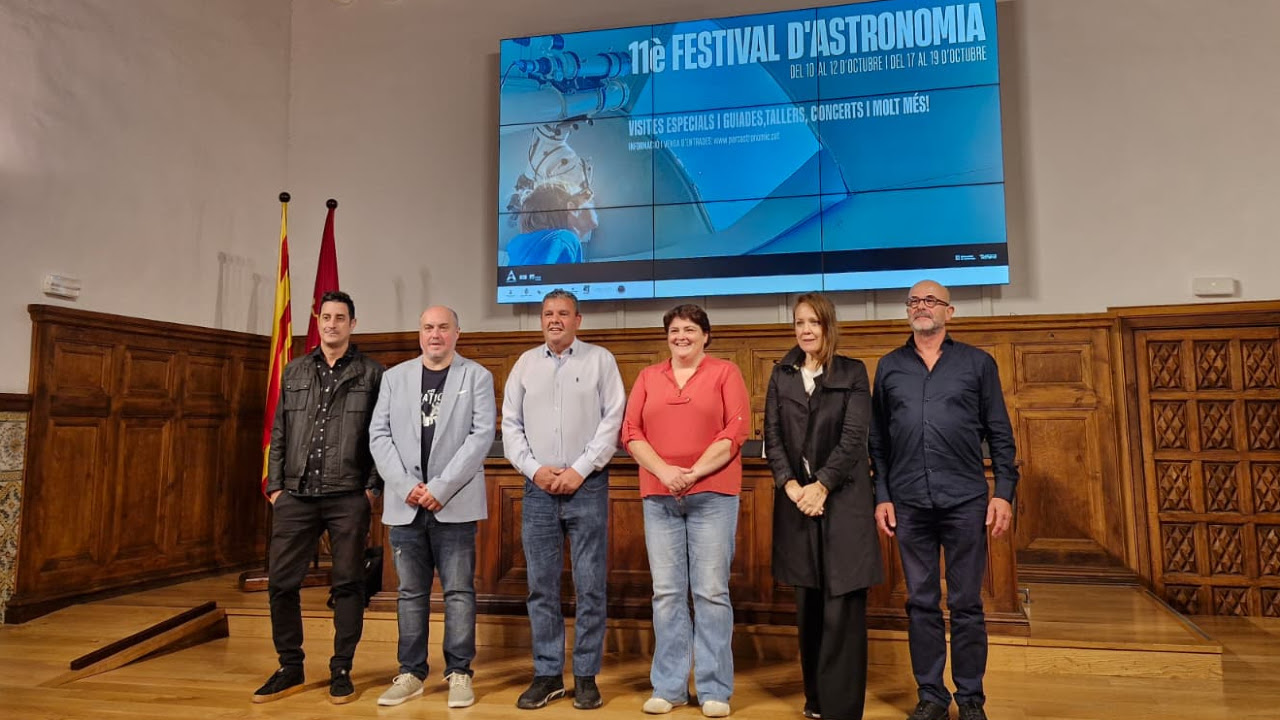
- 30 September, 2025
- Concerts
The 11th Astronomy Festival extends to two weekends in October
- Lorem ipsum
- Lorem ipsum
